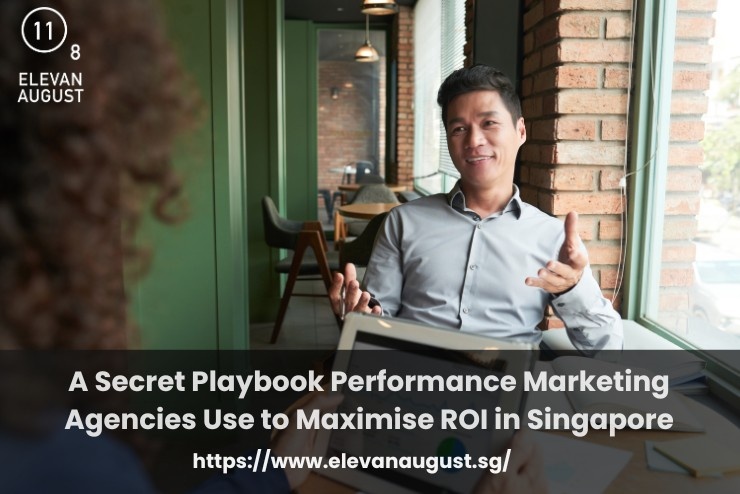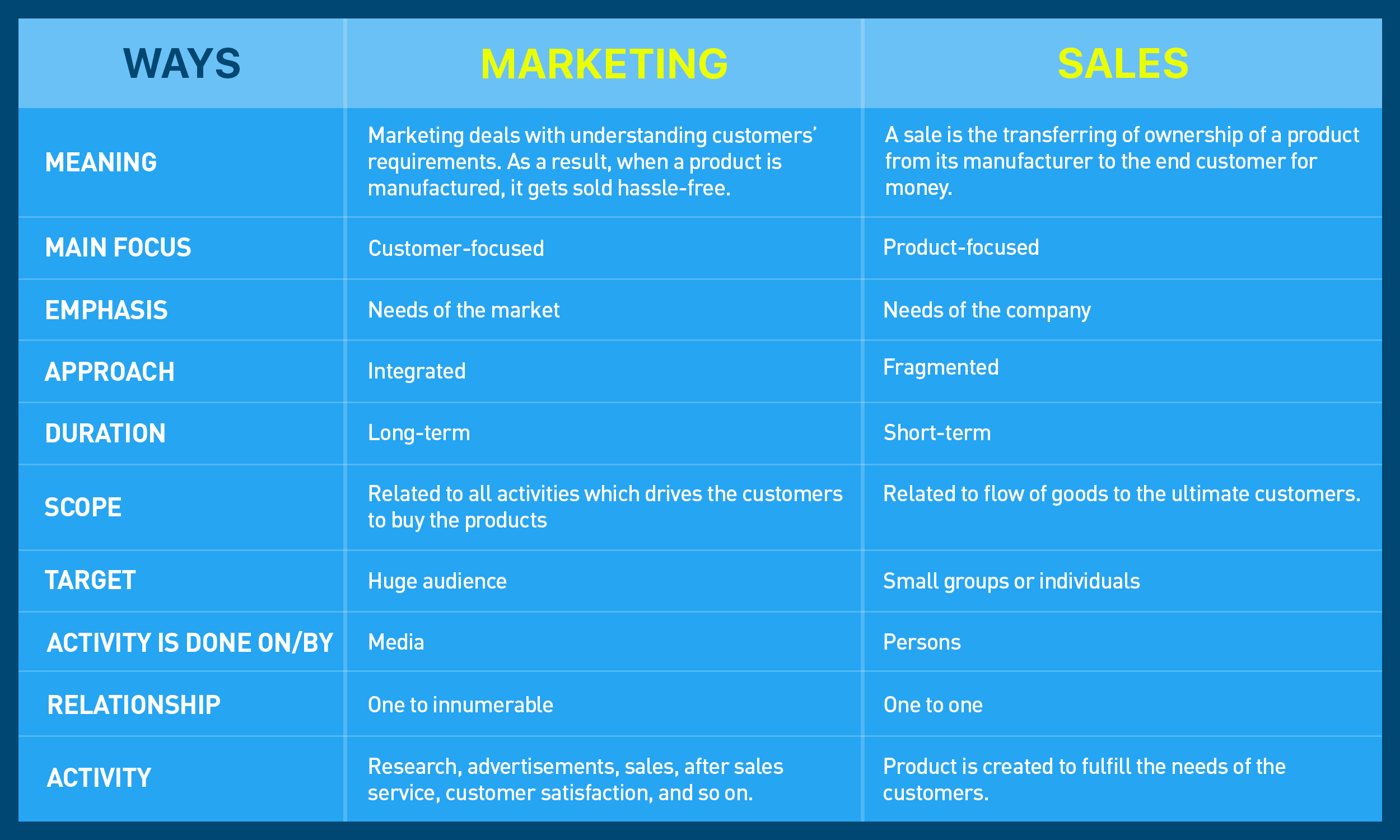Many campaigns start strong but stall too soon.
You run ads, tweak headlines, and refresh creatives, yet the returns flatten out.
It’s rarely about poor execution. It’s usually a planning gap.
Performance marketing, when done right, moves with intention from day one.
What top agencies do differently often hides in plain sight. They structure before they scale. They listen before they launch. Let’s break that down.
Everything begins with revenue clarity, not media planning
Before budget splits or channel choices, top agencies start by identifying where the revenue sits.
They look at product margins, lifetime value, repurchase cycles, and customer drop-off points. This forms the basis of everything else. Without it, paid media becomes a guessing game.
For example, if a brand sells skincare, the agency asks: Which products lead to repeat buys? What’s the average time between orders?
That shapes the first funnel—whether it drives immediate sales or retargets warm leads to build volume.
Starting with numbers forces sharper creative, tighter targeting, and fewer surprises later.
High-performing accounts stay lean with creative testing
Instead of flooding platforms with variations, agencies often launch with just two or three core creatives, not more. One video, one static, one story-style format. That simplicity brings faster reads on what’s working.
From there, they look at thumb-stop rate, hold rate, swipe-through, and landing page scroll depth.
If one piece pulls weight, they iterate. If none land, they pull the entire concept, not just the visual.
This speed and restraint give room to pivot without wasting spend.
Many businesses try to build a creative library before testing a single angle. The smarter move is to let the audience response shape the library.
Funnel mapping is always tied to offer structure
A great ad without the right offer ends in friction. Agencies align the funnel format with the way the offer is built.
If it’s a high-ticket service, they lead with consultation hooks. If it’s a low-friction eCommerce product, they push urgency with bundles or first-time perks.
The mistake many businesses make is separating media strategy from pricing logic. The two need to move together.
Agencies adjust CTAs, page structures, and even follow-up copy depending on what the offer demands. This is where conversion lifts actually happen, not in flashy visuals, but in how each layer supports the next.
Attribution isn’t just tracked, it’s cleaned weekly
Data only drives ROI when it’s clean. That’s why agencies audit attribution flows weekly.
They check for misfires: broken UTM parameters, overlapping campaigns, click inflation, and faulty remarketing rules. These might look small, but they distort performance reads.
A campaign may appear cold when it’s actually feeding conversions into the wrong bucket.
Agencies treat this like hygiene. It helps them keep ROAS real, not bloated. This also gives sharper insight into what to scale or cut, which becomes more important as the budget climbs.
Retention moves into paid strategy earlier than expected
Agencies know new customer acquisition burns faster without a second layer. So they build retention triggers into the performance loop.
That might mean running remarketing only after the second transaction, or launching upsell ads tied to usage milestones.
For subscription products, retention campaigns often begin before the first box lands. This timeline makes a difference.
Instead of treating retention as post-purchase, it becomes part of the original media plan. It also trains platforms to optimise not for clicks, but for valuable customers. That’s what stretches return from decent to strong.
Final Thoughts
What agencies build isn’t magic. It’s a system.
The difference is in how each layer talks to the next. We’ve seen this play out across clients where we manage both creative and performance.
The coordination across revenue planning, offer logic, creative decisions, and data reviews makes a bigger impact than any single campaign. That approach works just as well for SMEs as it does for bigger brands.
At Elevan August Media, we believe the only requirement is consistency. Once that’s in place, media spend becomes easier to control and easier to scale.






